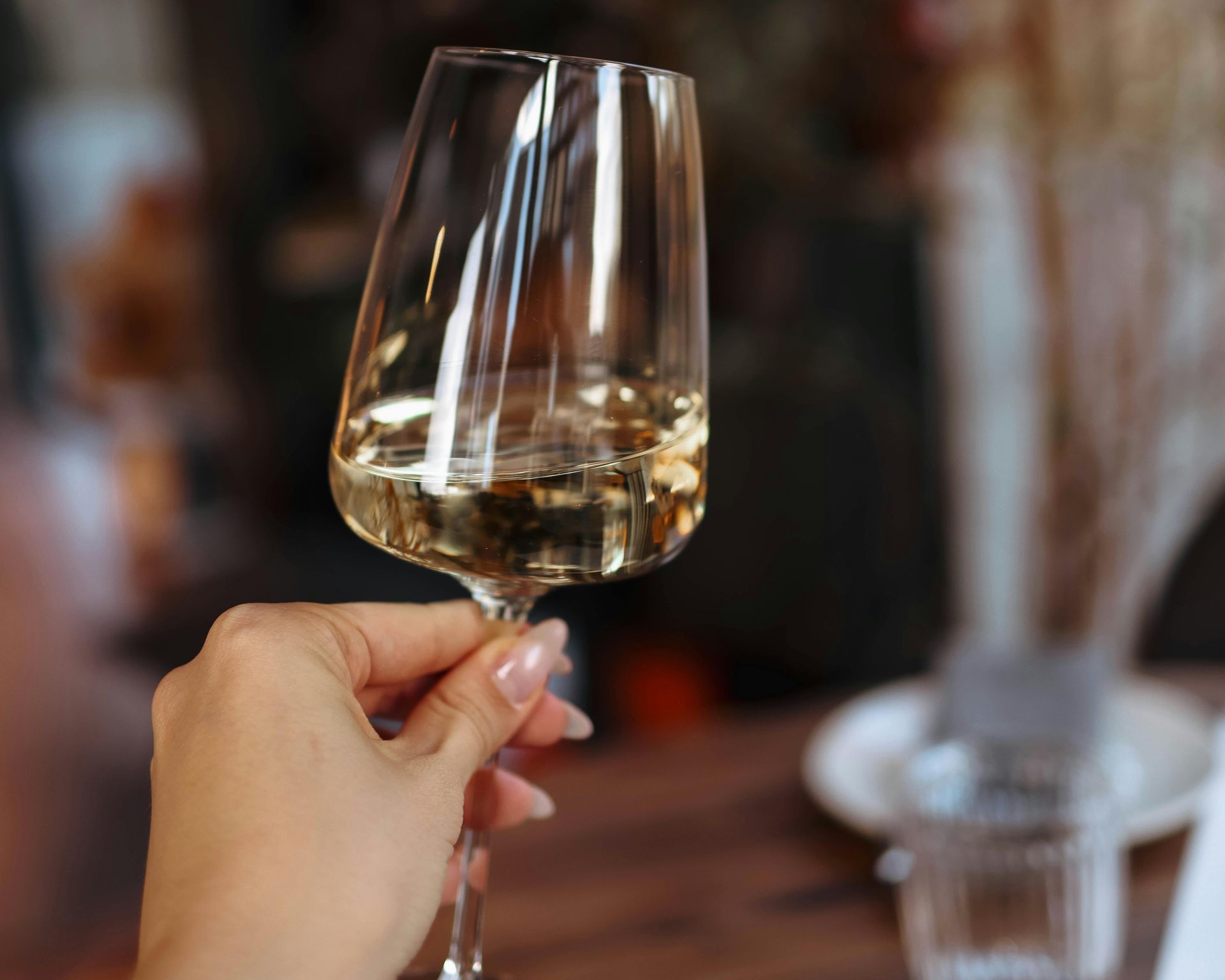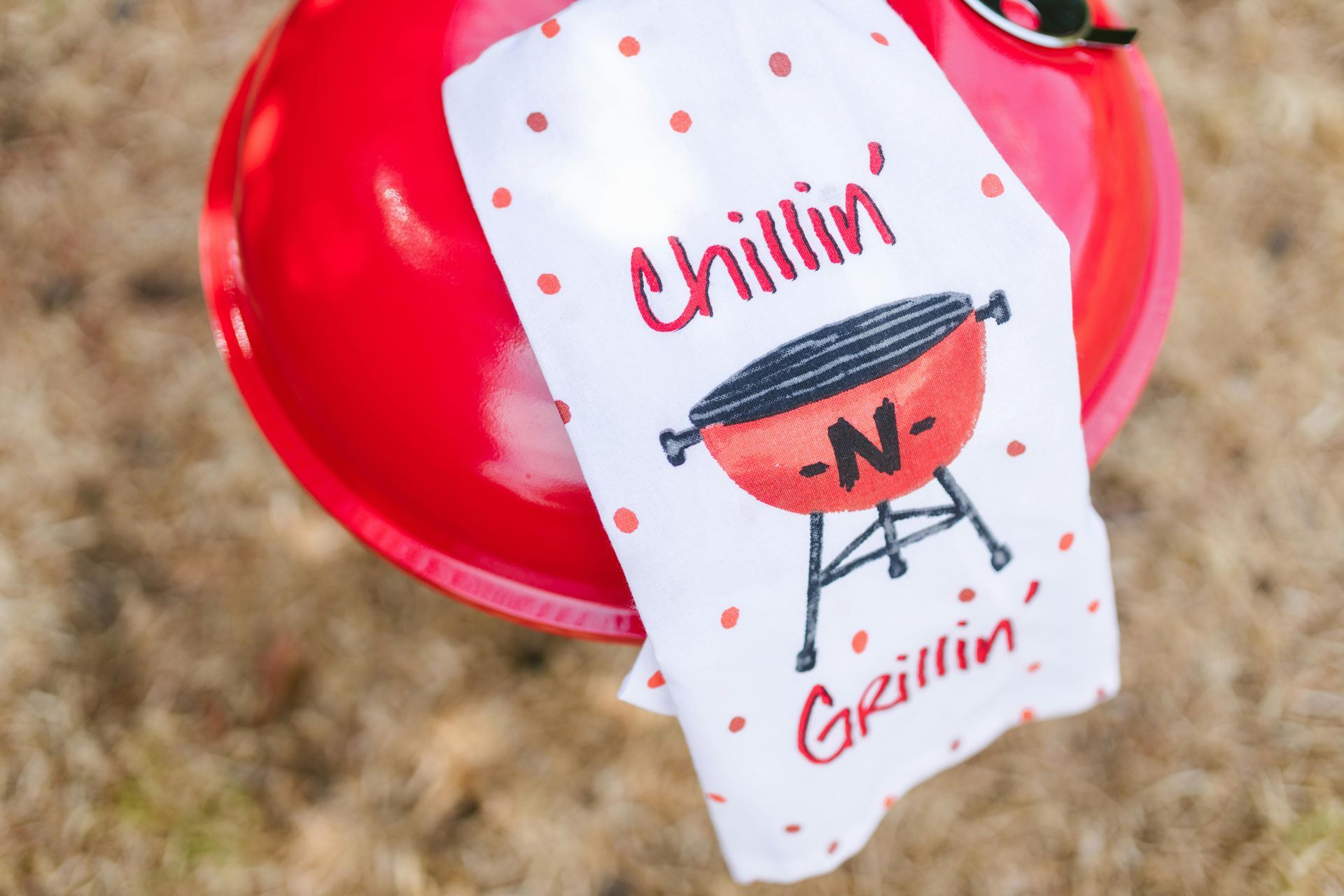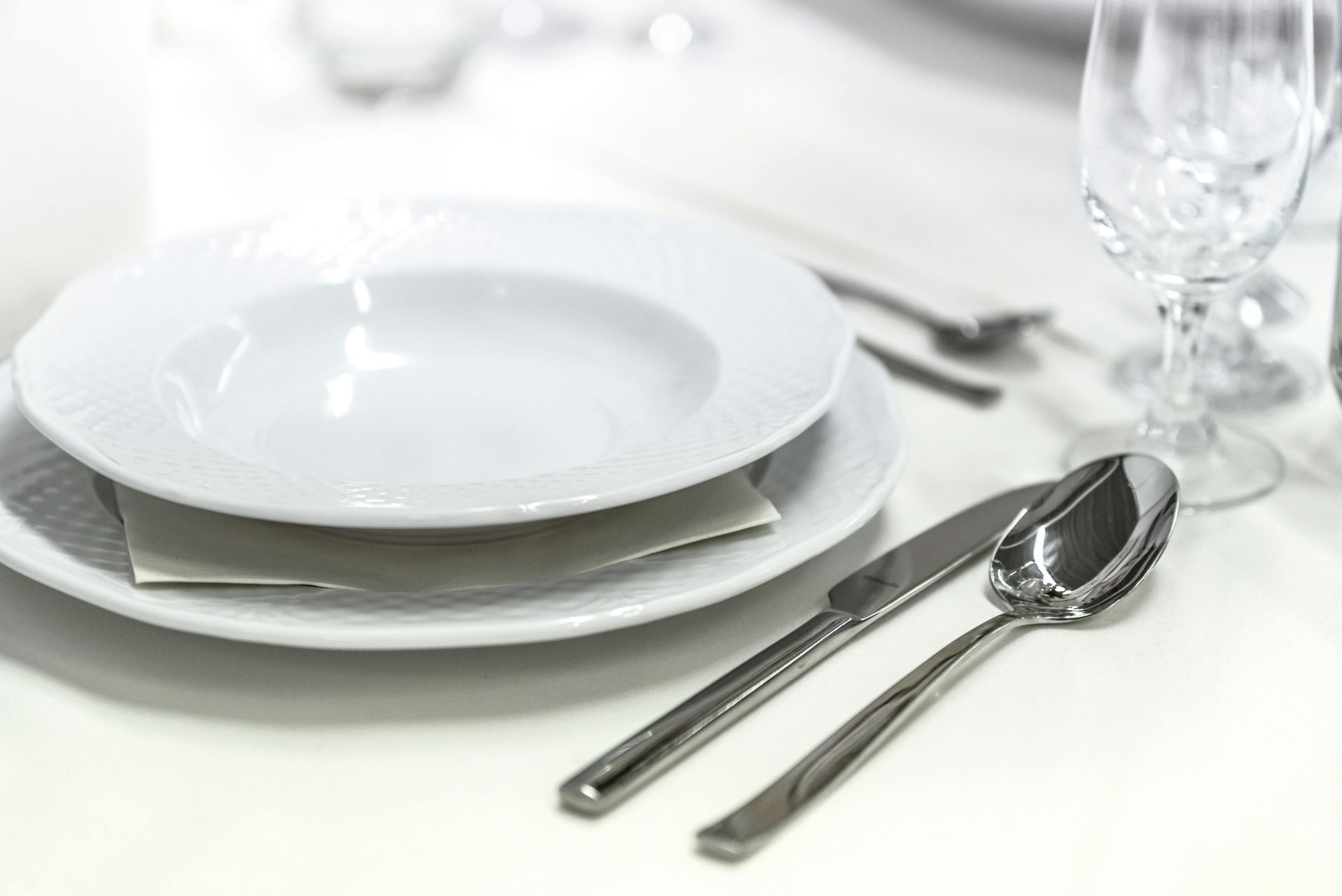Wine etiquette 101: your top questions answered

Whether you’re a seasoned wine enthusiast or just beginning your journey into the world of wine, understanding the finer points of wine etiquette can elevate your experience. From how to hold a glass to the ideal serving temperature, here are answers to some of the most frequently asked questions about enjoying wine with style and sophistication.
How should you hold a wine glass?
The way you hold a wine glass says a lot about your appreciation for the drink. Always grip the stem delicately between your thumb, index and middle fingers. This not only prevents your hand from warming the wine but also adds a touch of elegance to your presentation. Holding the bowl of the glass is a common mistake that can affect the wine’s temperature and your overall experience.
What’s the proper way to aerate red wine?
Aerating red wine is essential for unlocking its full flavour profile. The best method is to use a wide-bottomed decanter. Pour the wine slowly into the decanter, allowing it to mix with air and release its aromas. This process softens tannins and enhances the wine’s complexity. While red wines benefit most from aeration, some white wines can also improve with a bit of breathing time.
Does glassware really matter?
Absolutely! The shape and size of your wine glass can significantly impact the taste and aroma. For example, red wine glasses typically have a larger bowl to allow for better aeration, while white wine glasses are narrower to preserve delicate aromas. Using the correct glassware ensures you get the most out of every sip.
What is the ideal serving temperature for wine?
Temperature plays a crucial role in how wine tastes. Red wines are best served slightly below room temperature, around 60–65°F (15–18°C). White wines, on the other hand, should be chilled to about 45–50°F (7–10°C). Proper storage and serving techniques help maintain these temperatures and preserve the wine’s intended flavor.
Should you swirl your wine before drinking?
Yes! Swirling your wine is more than just a stylish gesture – it helps release the wine’s bouquet, enhancing your sensory experience. This technique is especially useful for wines that have been decanted, as it allows them to breathe and reach their full potential.
Mastering these basics will not only improve your wine tasting skills but also add a layer of sophistication to your gatherings. Cheers to enjoying wine the refined way!















